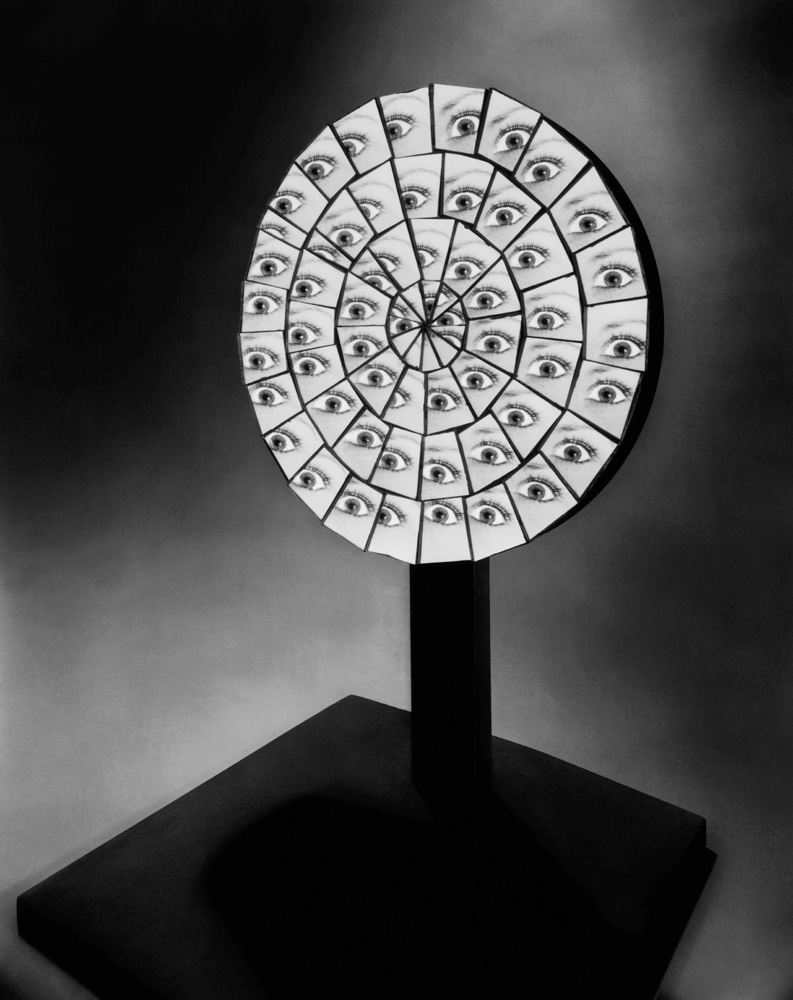
Though she went to Paris in 1921 to study sculpture, Berenice Abbott would transition to photography when she became Man Ray’s assistant in 1923. Three years later, she set up her own studio, photographing the French capital’s bohemians, artists and intellectuals—and famous friends such as writers James Joyce and Jean Cocteau—before moving back to the States in 1929.
For the next two decades, Abbott focused her lens on Depression-Era New York, producing a number of moving, black-and-white images that would become part of her book Changing New York. This series, along with nearly 120 other images, is being featured in a new exhibition at Toronto’s Ryerson Image Center called Berenice Abbott: Photographs.
“She was an underestimated photographer during her life and even today,” says Gaelle Morel, the exhibition’s curator and author of the accompanying book, Berenice Abbott. “But Berenice has this capacity of mixing different aesthetics, depending on the subject, which was really extraordinary. She can do a more modern, New Vision style when it came to photographing New York buildings, or take a more documentary approach for her portraits.”
Abbott gained acclaim for her own comprehensive career, which would later involve photographic work on physics, commissioned by Boston’s Massachusetts Institute of Technology. But she also became famous for her staunch support of French photographer Eugène Atget, whom she met in 1925 while living in Paris. Atget died two years later, and it was Abbott who would photo-edit a book of his work and help stage an exhibition of his work in New York. She sold her Atget collection to the Museum of Modern Art in 1968.
“Berenice always said she had two careers—one of her own, and one championing Atget,” Morel says. “She wanted to be recognized as the Atget of New York, not necessarily his aesthetic, but his intellect.”
Berenice Abbott: Photographs, co-organized by The Ryerson Image Centre in Toronto and the Jeu de Paume in Paris, is on view through Aug. 19 at Toronto’s Art Gallery of Ontario. The accompanying book is published by Editions Hazan and Yale University Press.
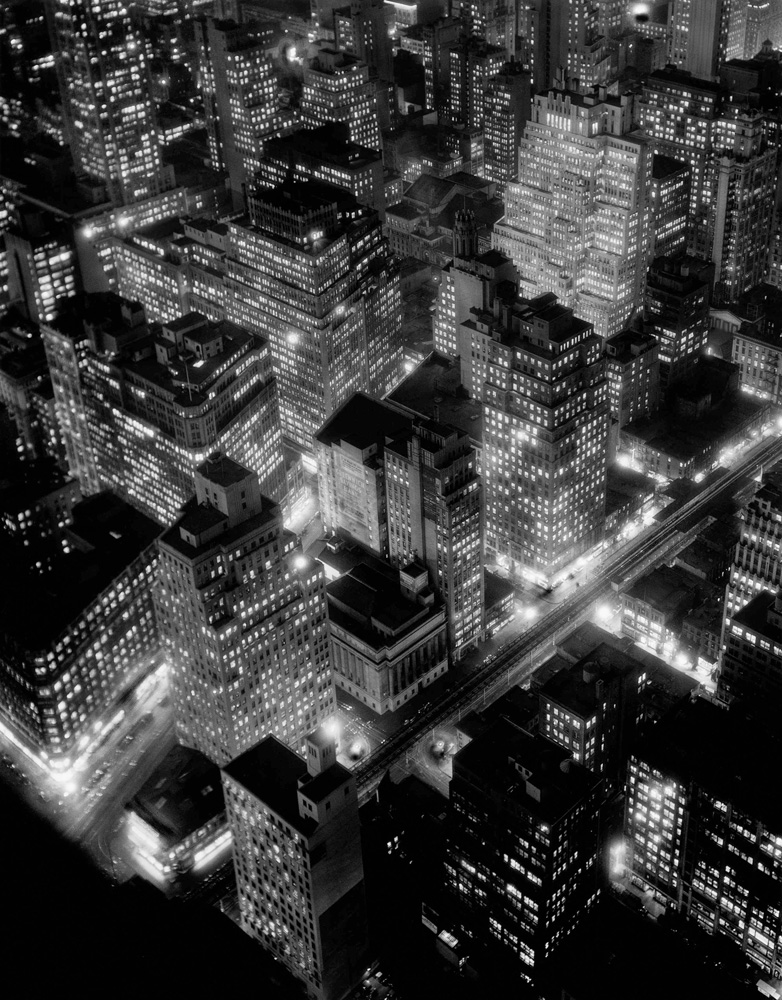
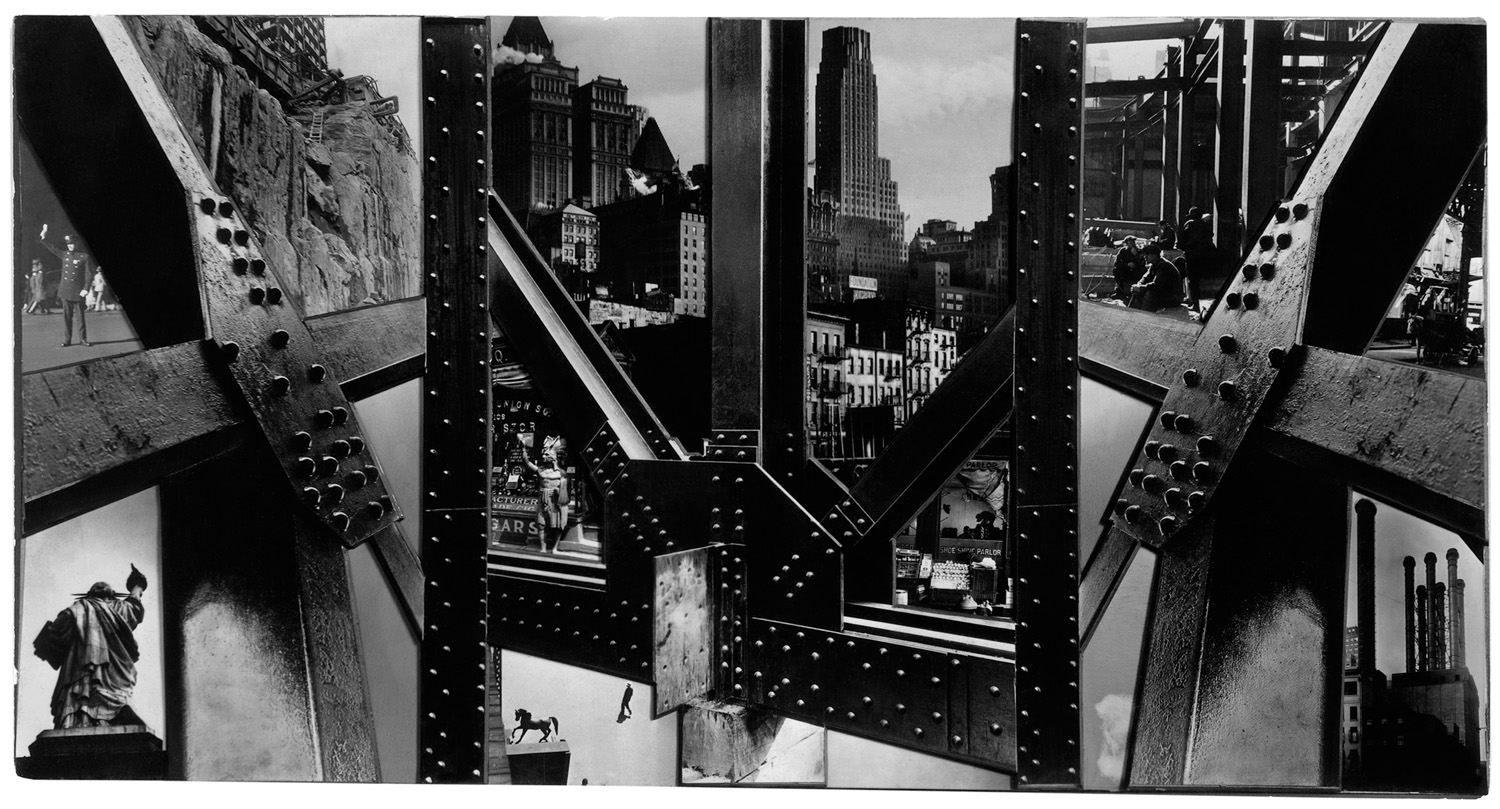
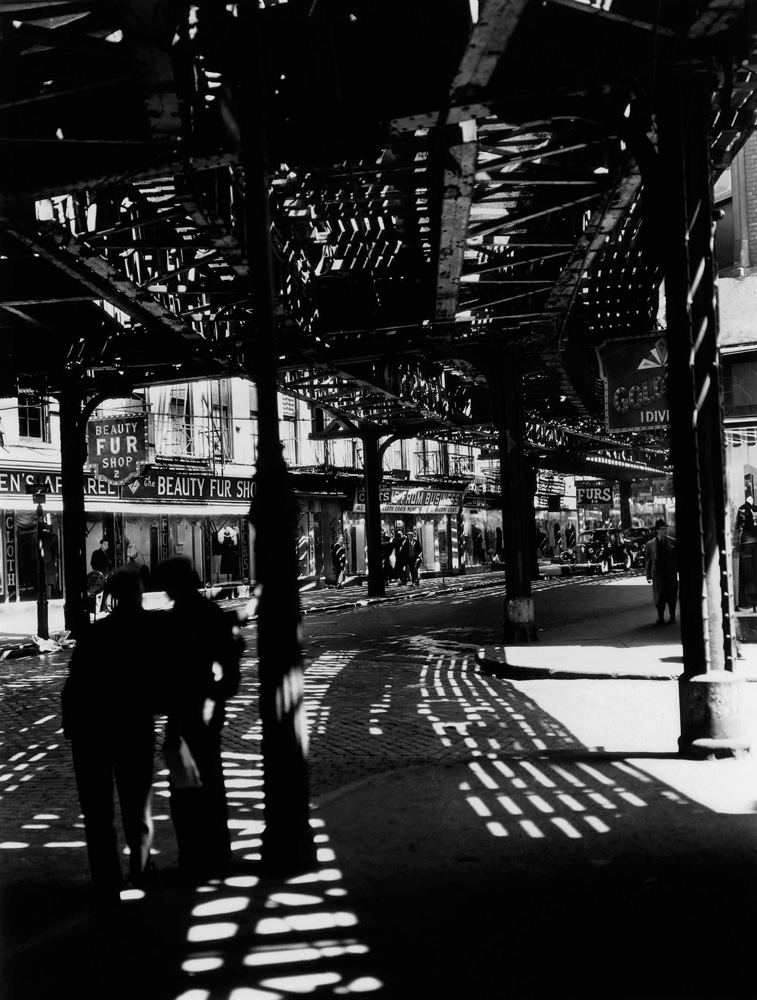

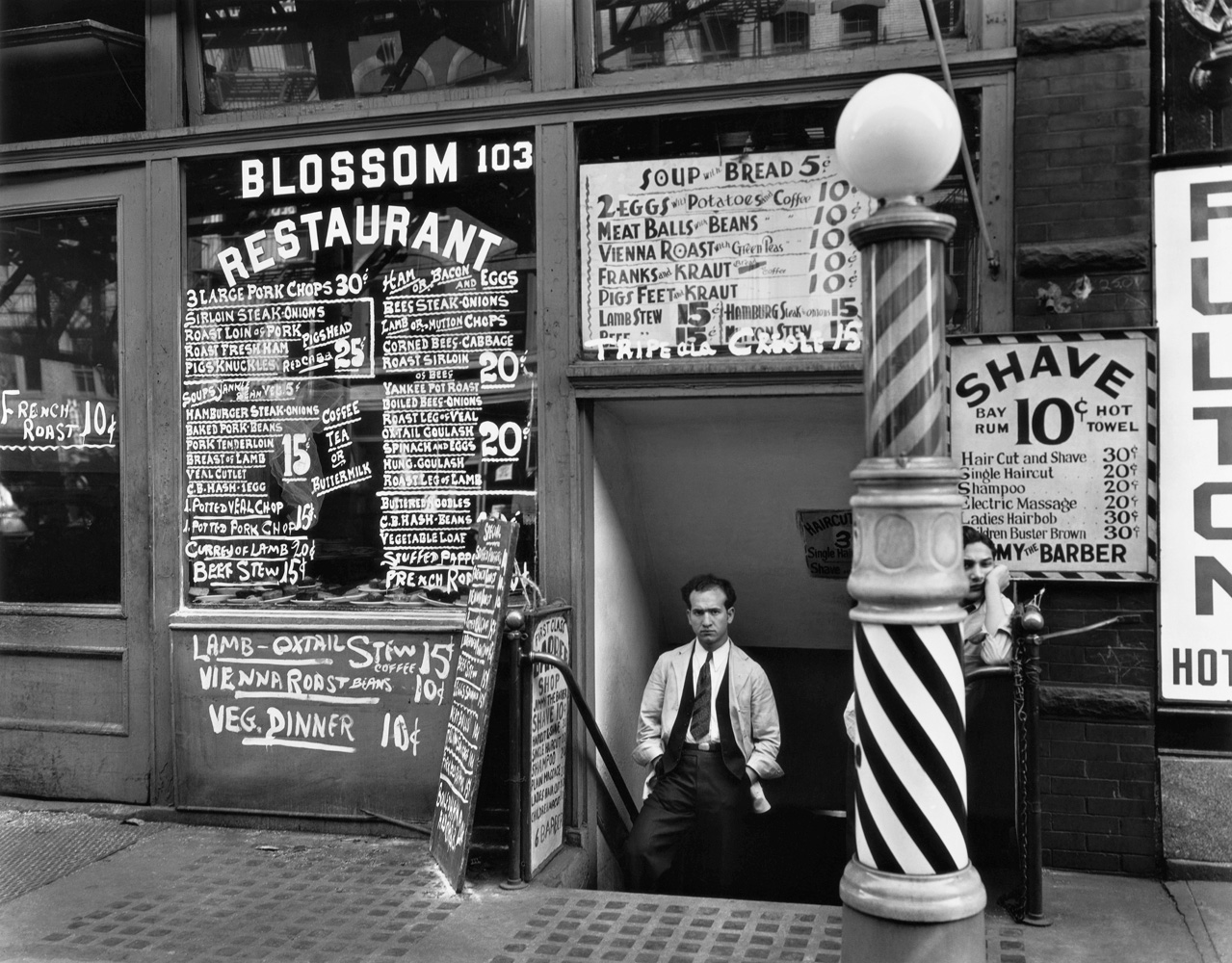
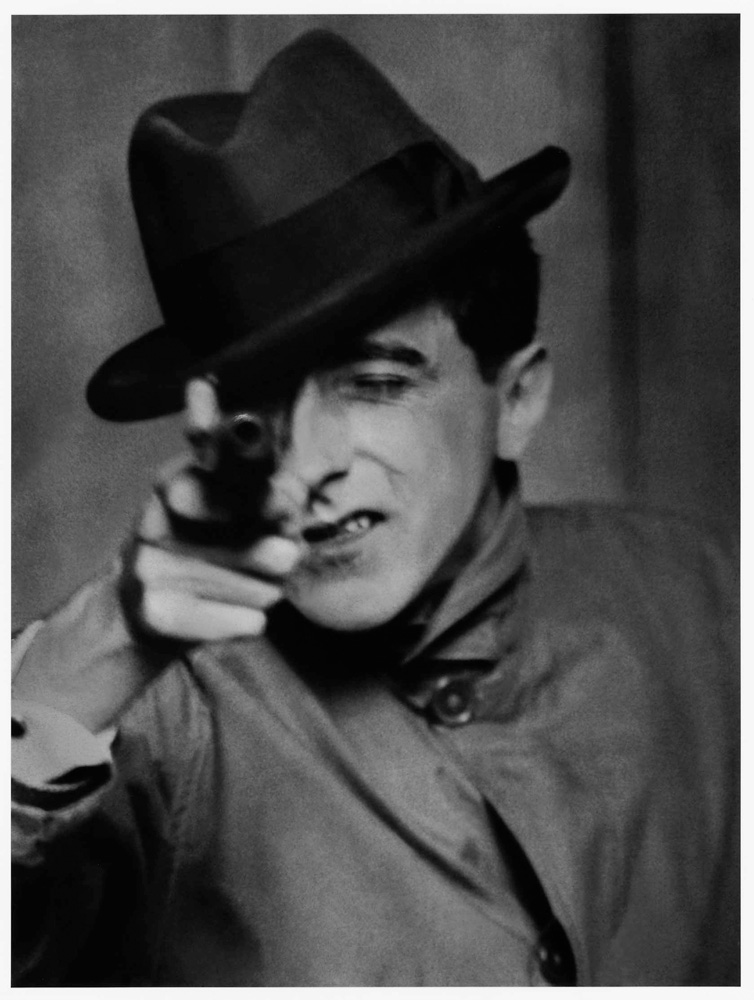
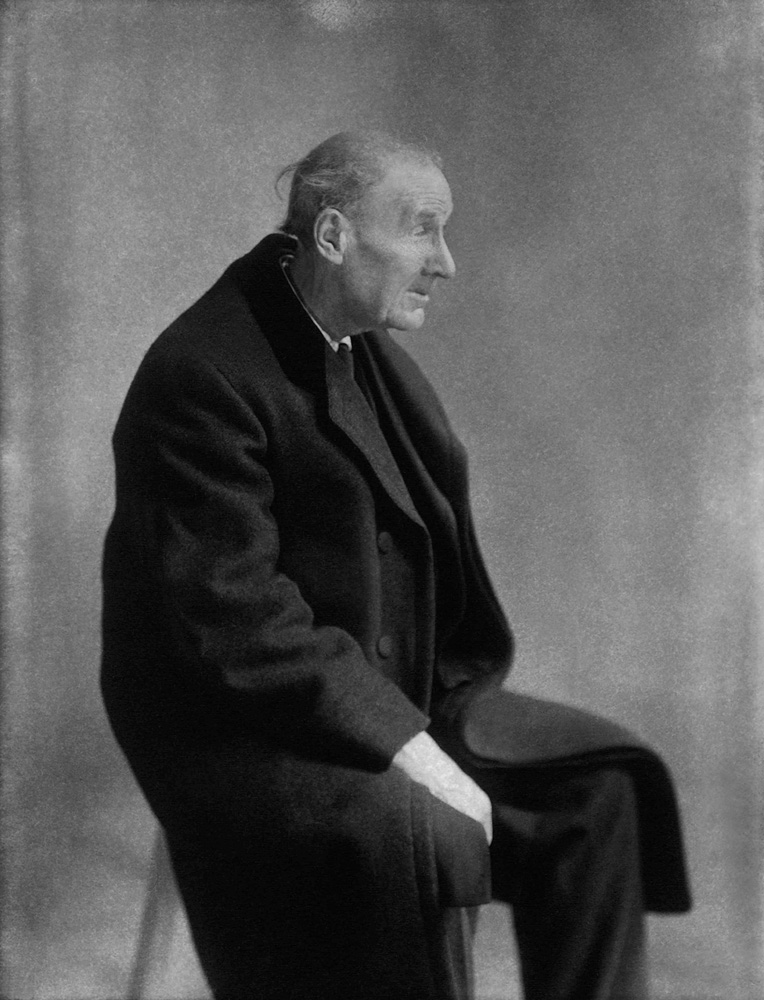

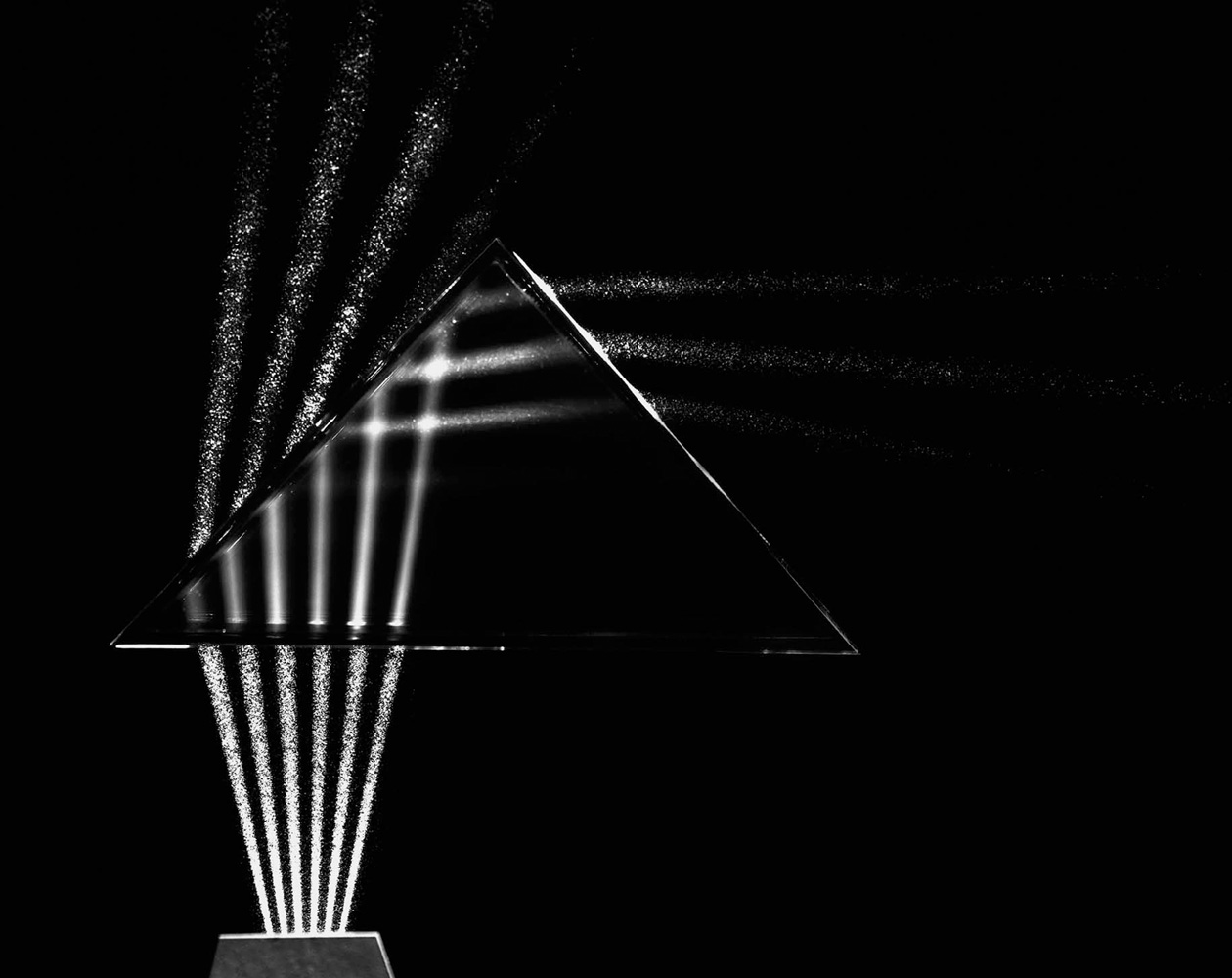
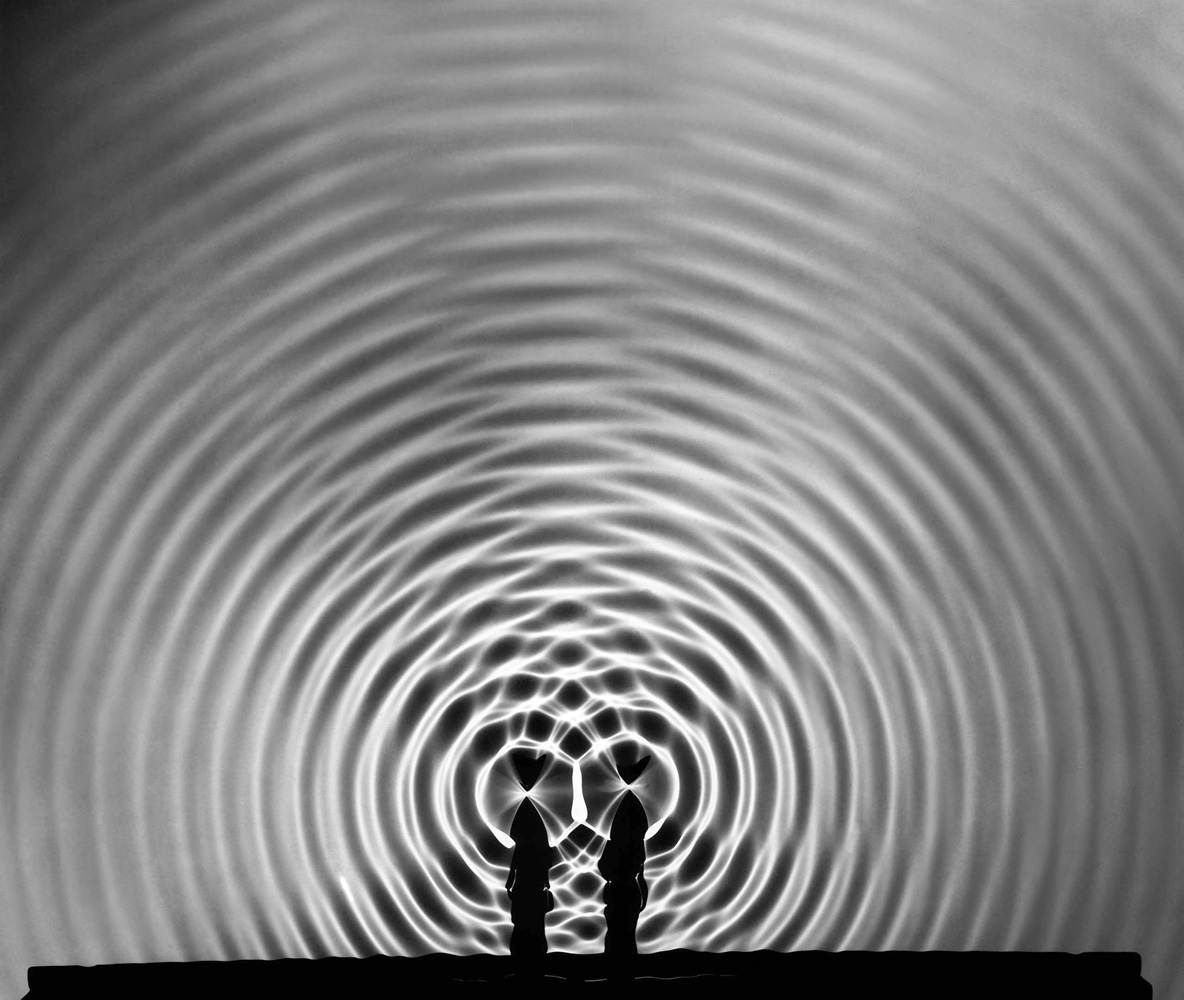
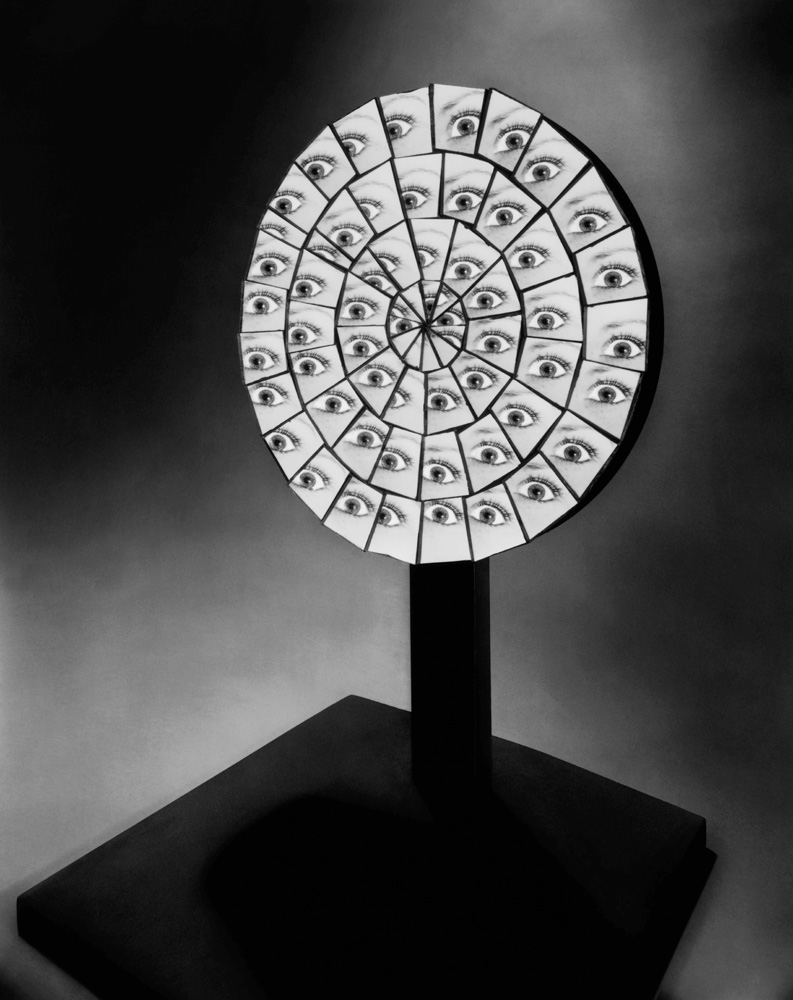

More Must-Reads from TIME
- Donald Trump Is TIME's 2024 Person of the Year
- Why We Chose Trump as Person of the Year
- Is Intermittent Fasting Good or Bad for You?
- The 100 Must-Read Books of 2024
- The 20 Best Christmas TV Episodes
- Column: If Optimism Feels Ridiculous Now, Try Hope
- The Future of Climate Action Is Trade Policy
- Merle Bombardieri Is Helping People Make the Baby Decision
Contact us at letters@time.com